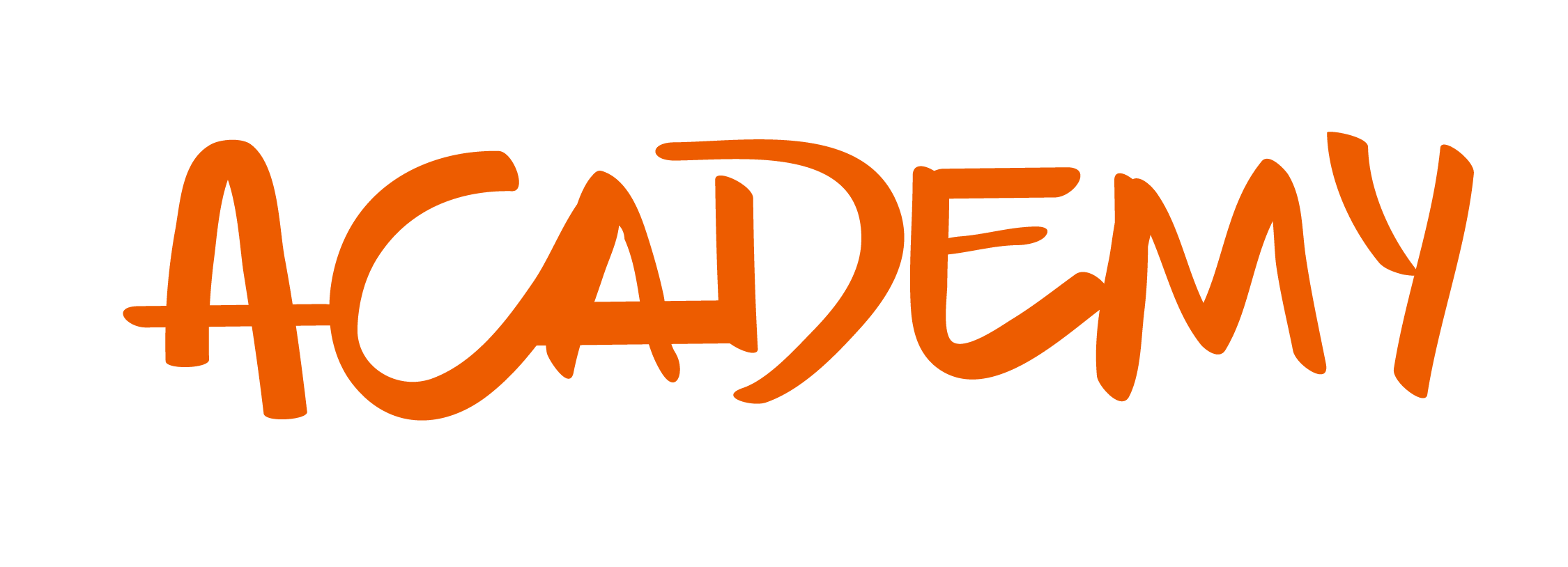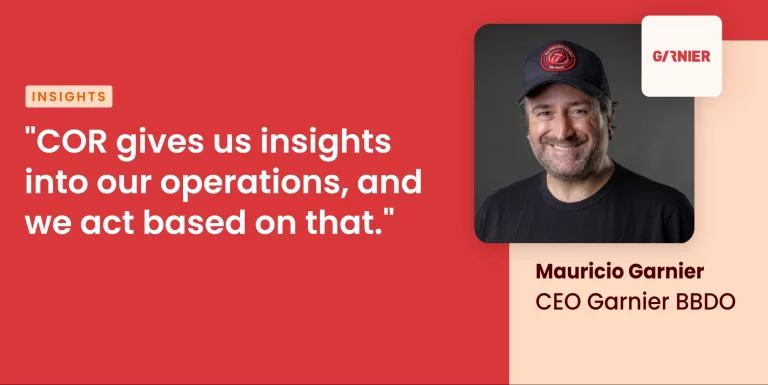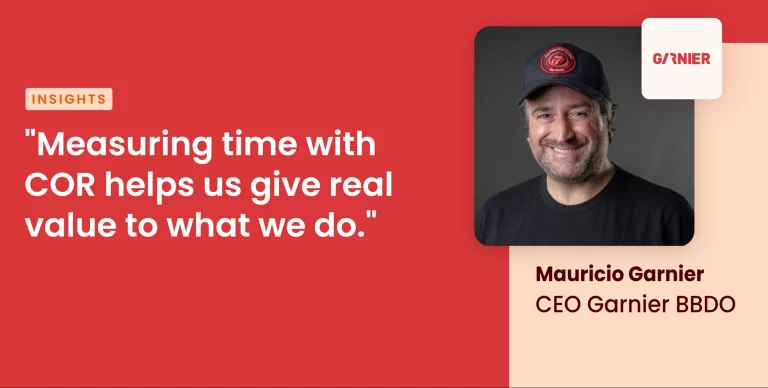If you ask a small kid: “What does an architect do?” they can probably come up with a short answer, in the ballpark of “Architects build homes”. And they are 100% correct. Architects design residential houses, commercial buildings, local stores and are sometimes involved with city planners in the creation of public spaces. The home aspect is what brings a kid’s response to another level, the real demand of an architect’s work. The responsibilities of this career expand beyond the present and must account for building style, raw material selection, safety, sustainability. All of this while meeting the demands of their clients and state or federal regulations.
What Does an Architect Do?
Michael Sorkin was an American architect, a design intellectual, and a very prolific critic, whom we lost last year, due to covid-19 related complications. He created a list named “Two Hundred and Fifty things an Architect should know”, which illustrates perfectly the complexities of designing infrastructures, where people will dwell and work and carry out their lives.
He was a firm voice that painted a clear picture of how architecture, politics, sustainability, beautiful design, and human needs are deeply interconnected. In his list, we can see many examples of the real-life duties of an architect, and the many indirect responsibilities that play a hand in the construction game.
- The wages of construction workers.
- How to live in a small room with five strangers for six months.
- The slope of a handicapped ramp.
- Where materials come from.
- The fire code.
- The seismic code.
- The health code.
- Three good lunch spots within walking distance.
- The effect of the design of your city on food miles for fresh produce.
- The number of gallons of water used in a shower.
- The distance at which you can recognize faces.
- The number of people with rent subsidies in New York City.
- In your town (including the rich).
- How to lay bricks.
- The rate at which the seas are rising.
- Building information modeling (BIM).
- What the client wants.
- What the client thinks it wants.
- What the client needs.
- What the client can afford.
- What the planet can afford.
These are, of course, simple poetic illustrations regarding the depths and importance of architecture. The daily life of an architect usually involves the design of houses, apartment complexes, malls or shopping centers, office spaces, and even factories. The design of these buildings carries strong feasibility and be functional on safety, economic, and humanitarian levels, on top of tending to its physical appearance.
A normal day of architect’s work was usually done in an office or studio, post covid this has been beginning to change, and workers in the field can now account for a hybrid type of methodology. The tasks can go from client meetings, drafting building plans, cost estimation, checking building codes, the filing of city or municipal permits. An important part of every architect, or even civil engineering, is visiting construction sites to check the construction project is going as planned.
A vital aspect of an architect’s responsibilities involves project management, integrating the important tasks many other professional collaborators bring to a construction project, like civil engineers, construction workers, and maybe even interior designers. Since an architect is the one hired by the client, they must take on the responsibility of managing other professionals, while keeping the project on time, code-compliant, and profitable.
Main Differences Between an Architect and a Civil Engineer
We already mentioned that architects and civil engineers usually work closely together. They collaborate in the planning, design, and construction, and building phases of a project. The thing that differentiates them relies on the goals each profession pursues.
Civil engineers focus on the analysis of the structural integrity of the design. This expertise may not be deeply necessary while building a one-story house, but it is unthinkable to avoid when designing a bridge, a building complex, a subway entryway, etc. Civil engineers make sure that the structure can support the loads and natural forces it will face during its lifecycle.
Architects, on the other hand, concentrate on the aesthetics design, how the building will look and coexist with its urban or natural context. They are the responsible ones for the ultimate livable functionality of the structure. This includes the sustainability side, just as much as the human requirements that need to be met in order for the building to be well designed. They also are required to know the technical and material needs for a structure to be sound, but for grand-scale projects, a civil engineer is called to collaborate or supervise.
These two professionals can work together to create a masterpiece of design aesthetics and sustainability.
Roles of Architects in Construction
The first step into any construction project is meeting with the client until the project needs and requirements are clear, and both parties are satisfied with the design concept. The way until a clear visualization is accepted by clients can be long, and we will touch upon it later in the article. It is in this moment of the project’s lifecycle when the architect, or team of architects depending on the scope of work, on board other professionals help if required. For example, architects need to work closely with civil and structural engineers if they are designing a building, in order to check up on the building’s structural integrity.
But the reach of an architect’s responsibility goes beyond the phase of building design. They are immersed in every stage of the project, from idea to physical creation, maximizing energy efficiency, working with zoning representatives, understanding the market, and how their building will affect the area.
Architect Duties & Responsibilities
An architect needs to have certain professional skills in order to keep their business afloat. Concept design and development, for example, is a primary requirement, it is this basic know-how that takes a client’s idea and takes it into the real world. This, of course, must be followed by research, pertaining to the specific building codes and safety requirements for that particular project. They need to get a clear picture of the local municipal rules, as well as an understanding of how their project will affect and be affected by their natural surroundings.
Another aspect of an architect’s research duties involves the constant changes in the legal ruling which will impact their work. The constant update is also a must in the technological building and construction field. This calls for not only modeling and design software, visualization tools, and BIM but a constant study of every solution available to keep a competitive advantage. Like project management software that can optimize the workflow, raise the bottom line, increase profitability and secure a better collaborative working environment.
Some of these tech solutions can also enhance the relationship and bond with clients. Client retention and customer service can make or break an architect firm, without clients, even the best designers have their hands tied. The social skills needed in this field of work are often looked over, the clients an architect deals with can range from soon-to-be homeowners, to big megacorporations, or even government-requested projects. But they all have something in common: they are investing great sums in their future and need to trust the person they are assigning this important task to. Good communication skills are a must.
Building plans, design process, project plan, and documentation
We glossed over what the first client meetings with the team entail, but it is a phase in which multiple delicate subjects are approached. After the idea is understood, an architect has to fully grasp the client’s requirement, the project budget, plan a site visit to see its particular characteristics, and check the safety and municipal regulations. And then, if necessary, the design must be approved by engineers.
This process has to be meticulously documented, there are many ways in which an architecture project can be delayed and burdened. Some complications can arise over unstoppable forces, like climate conditions. But most of the hurdles can be avoided by good project management and a neat working environment: Filling the necessary documentation in a timely manner, using the correct communication tools with the building team, and the client, allocating the right resources to the correct tasks and making an efficient plan and budget.
These are the soft skills that can greatly improve an architectural firm, and why we insist that vision is not just a modeling technique, it is a professional business mindset. Data and its effective management can be the necessary ally to improve the bottom line and raise profitability.
The construction process, building design
Leading and developing projects from conception through design conception is one of the main competencies an architect must possess. And such a complex endeavor can be simplified if reduced into more manageable tasks, like:
- Determining the client’s requirements
- Prepare project drawings
- Site analysis and existing structure study
- Research the cultural, environmental, and historical importance of the site
- Document commercial and industrial developments
- Consider building materials
- Create a contract
- File construction permits
- Manage the involved internal teams
- Hire subcontractors in required areas.
- Modify plans in order to fit the client’s vision and the sales requirements
Contracts & Cost estimation
Cost estimation is key for any profitable professional service business. We can’t stress this enough. It is part of managing resources in an effective way, planning time accordingly, and delivering each phase of a project on time. Architects need to stimulate the ability to visualize each aspect of a project, and not only the building and design parts. Business intelligence is needed in order to continue doing creative designs and generating good ideas in the construction industry.
Underestimating the amount of work the subcontractors will have to carry out can decimate the revenue from a project. Budgeting correctly requires experience, internal data, and clear objectives. There are many software solutions specially created to help professional services get a better financial read on their operations. These work with a number of technologies to improve the workflow and optimize a business intelligence mindset. Design and creation can reach even better results with better resources.
Being able to understand the total reach of the costs that go into production; like salaries, building materials, external collaborators, or fixed fees, is key for charging accordingly. Once a business understands how their production costs work, then they are in a better position for fee negotiation and writing the project contract.
If an architect is fully aware of how to make cost estimations or gets the necessary information from a software solution, they can help when the contract negotiation begins. They can use analysis reports, and hard data to communicate and explain to the client what’s needed to fully carry out their ideas.
Client needs
As we previously said, clients that hire an architect are usually investing hard-earned money into their futures. Of course, this can be a different type of investment depending on the nature of the project requested. A young couple dedicating their savings and getting a loan will have different anxieties over their building request than a mega-corporation investing part of their profit into a new development, for example. And the empathic treatment both of these parties should receive is not the same.
The human connection and the communication management will be softer with the young couple, and the mega-corporation will want clearer business reports and respectable delivery rates. An architect will treat both projects with the same amount of quality standards and responsibility, but the goals are different in each group.
Another soft skill that a good architect need is an active listening ability, in order to keep up client retention and create structures that meet the quality and aesthetics design a client imagines, one needs to pay attention to what they say, and what they actually mean. Sorkin said it very clearly: “(An architect needs to know) What the client wants. What the client thinks it wants. What the client needs. What the client can afford.” You can achieve this with the support of a good project management tool and a smart business intelligence mindset.
At COR we take the work of professional services businesses very seriously. Our goal is to improve their margins, allow them to become more profitable endeavors while still delivering quality work into the world. We understand how hard working with clients can be. That is why we offer our all-in-one solution, powered by AI and Machine learning. We want to help businesses rethink their relationship with clients, and charge according to the value they generate.
With our tool, you can invite clients to check up on their projects, and build a better relationship out of transparency and trust. Creating a better bond for future projects. Projects that can be better managed, with our cost estimation feature, and automated financial reporting. If you are losing profit, and have a hard time maintaining delivery dates, take a look at how we can help you, and request a demo today!















